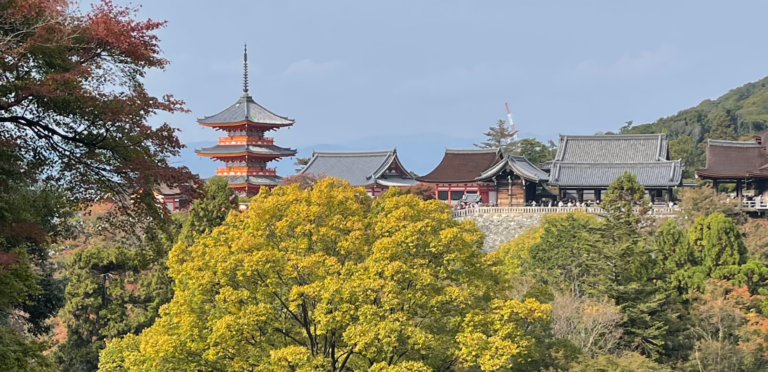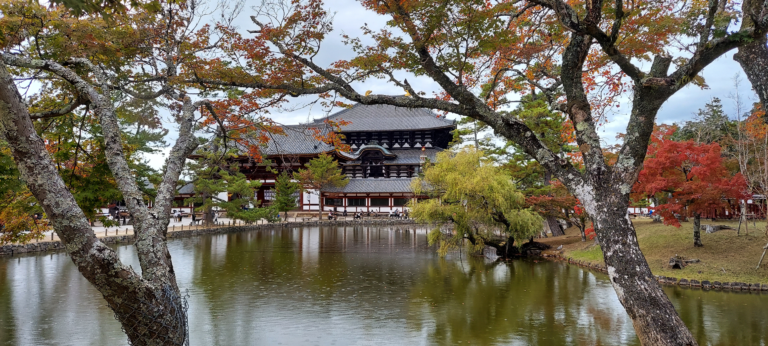Etiquette In Japan: Cultural Tips Every Visitor Should Know
Visiting Japan is an incredible experience—rich in beauty, history, and time-honored traditions. However, understanding basic etiquette in Japan is essential for making the most of your trip.
For first-time travelers to Japan, some of the day-to-day customs might come as a surprise.
I’ve put together a list of simple yet meaningful cultural practices that will not only help you avoid common missteps but also deepen your appreciation for the country.

The first time I visited Japan, I didn’t know much about Japanese customs or everyday etiquette.
I remember feeling incredibly self-conscious, constantly worried I might accidentally offend someone or unknowingly break a rule that could get me into trouble.
Needless to say, I didn’t enjoy that trip nearly as much as my later visits, once I understood the cultural norms and could relax into the experience.
In Japanese culture, a strong emphasis is placed on collectivism and the well-being of the community.
Group harmony and consideration for others are often prioritized over individual desires.
This core value influences many aspects of daily life and etiquette in Japan, shaping a society that is thoughtful, respectful, and highly attuned to the needs of others.
Understanding basic etiquette in Japan can make your experience smoother, more enjoyable, and respectful to the locals who call this amazing country home.
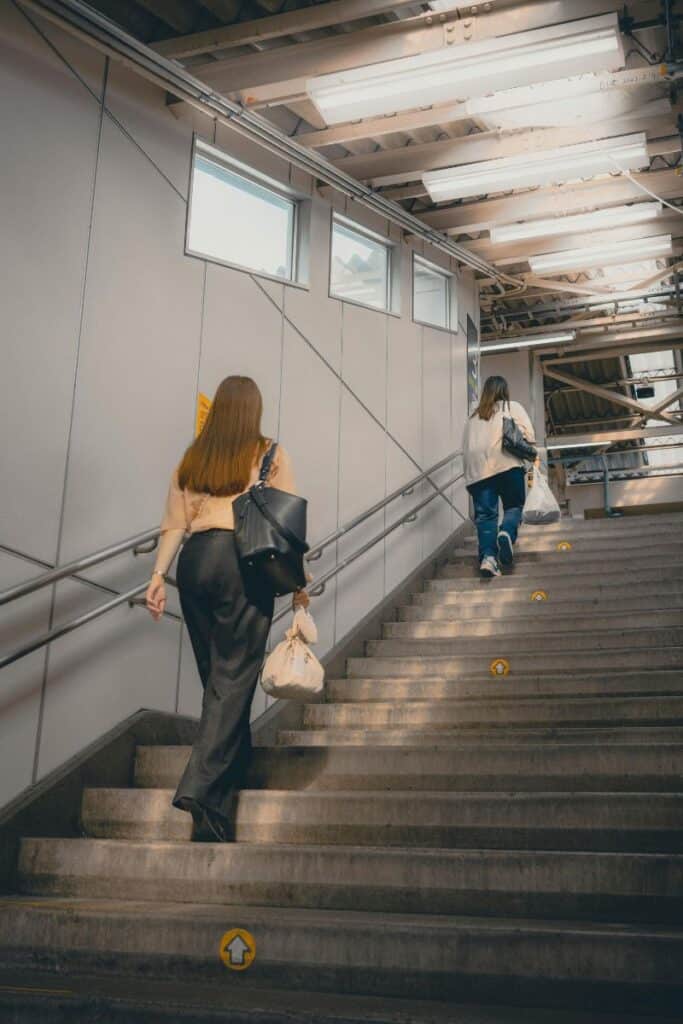
🚇 Getting Around: Transportation Etiquette in Japan
Whether you arrive through Narita Airport, Haneda Airport, or Osaka’s Kansai Airport, you will have to find your way into the city.
This will most likely mean taking a train or subway.
Navigating public transportation in Japan can feel like a cultural immersion all on its own.
One of the first things I noticed was how everyone stands on the left side of escalators—except in Osaka, where it’s the opposite. It’s a small but important detail that helps keep foot traffic flowing smoothly.
Another difference that stands out, especially if you’re coming from the U.S., is the quiet.
You won’t hear people chatting loudly or taking phone calls on the train.
Talking on the phone while commuting is considered rude in Japan and is simply not done.
Even in groups, people speak softly.
I remember watching a group of school kids laughing and chatting so quietly that I almost didn’t notice them.
It was a gentle reminder that silence is a form of respect.
Something else I noticed is that backpacks are often worn on the front during rush hour, especially on the subway.
This seemingly small gesture helps create more space and prevents accidental bumps—something short people like me really appreciate!
One surprising moment for me came when I tried to open a taxi door in Tokyo.
I had just arrived, luggage in hand, and instinctively reached for the handle. It didn’t budge.
Confused, I stepped back, and to my surprise, the door opened automatically.
The driver gave me a mildly annoyed look, and I quickly mumbled, “Sumimasen.”
He smiled, motioned me in, and closed the door without a word.
It felt like a royal welcome once I got over my embarrassment!
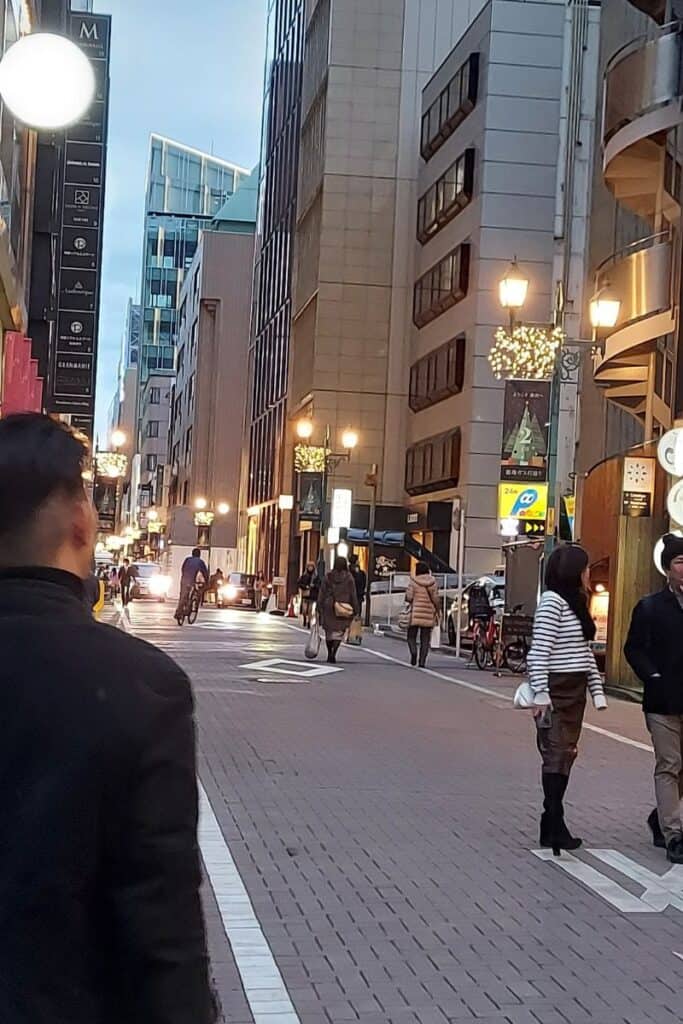
🍱 Etiquette in Japan: How to Eat, Tip, and Keep Things Clean
One of the things I admire most about Japan is how clean everything is.
Keeping it Clean
You’ll rarely see trash on the streets, even though public trash bins are few and far between.
This is largely because eating while walking is considered impolite, and people often carry their trash home with them.
I’ve found myself stuffing wrappers into my bag more than once. Please do the same to keep everything clean.
If you need a snack, grab something from a 7-Eleven, Lawson, or Family Mart, but be sure to find a place to sit and eat it.
Not only is it respectful, but it also gives you a moment to pause and take in your surroundings.
Tipping
Tipping is not part of Japanese culture. I learned this the hard way when my travel group tried to leave a tip at a restaurant.
We were halfway down the street when our server chased us down to return the change.
When we explained it was a tip, he kindly refused and handed every yen back.
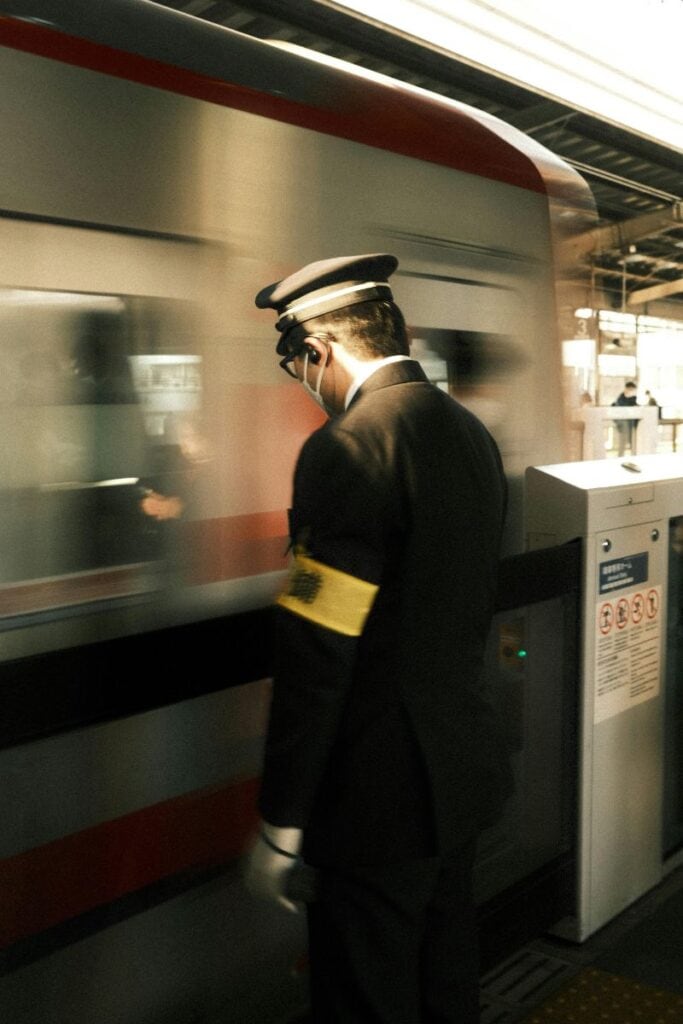
Paying
You’ll also notice that when paying at stores or restaurants, you’re expected to use a small tray for your money or card.
Just place your payment on the tray and let the clerk handle it from there.
And if you find yourself out for drinks with locals, don’t pour your own beverage. It’s customary to pour for others and let them pour for you.
Of course, if you’re solo, feel free to pour your own. 😉

👗 Clothing & Personal Appearance
Before my first trip to Japan, I only owned plain white socks.
Now I have an entire drawer of colorful ones. Why?
Because in Japan, it’s common to remove your shoes before entering homes, certain restaurants, temples, and even fitting rooms.
And when your socks are on full display, you’ll want them to look nice!
In some places, you’ll be asked to change into different sandals, like special ones for toilets.
Yes, it sounds quirky, but it’s all about keeping spaces clean. Just don’t forget to switch back to the house sandals when you’re done.
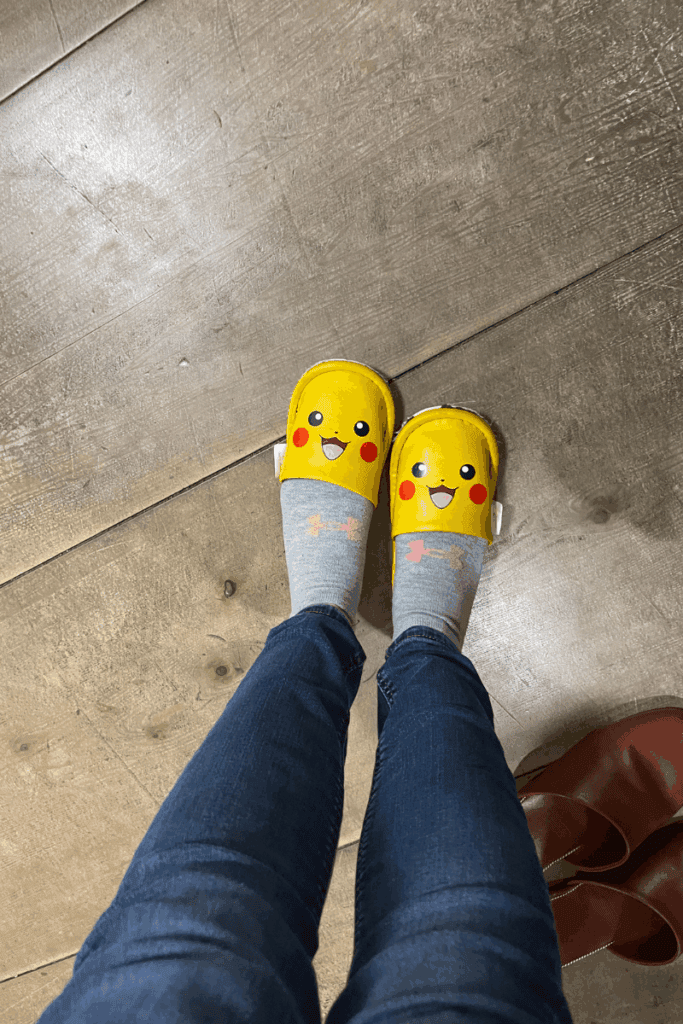
While Japan is famous for bold fashion in places like Harajuku, everyday attire tends to be modest and polished.
Think neat, neutral tones and outfits that avoid revealing too much.
I don’t change my whole wardrobe when visiting, but I do make a conscious effort to dress respectfully.
It’s a small change that helps me feel more at ease and more connected to the culture.
During my last trip, we visited Uniqlo. We were surprised when we were asked to wear a face cover when trying on clothes.
It helps keep garments clean, especially to avoid makeup streaks or to deal with summer humidity.
One of my favorite clothing-related experiences in Japan was wearing a yukata, a casual cotton kimono provided by many hotels.
Each one had a unique design. Just remember—fold the left side over the right. The opposite is reserved for dressing the deceased.
🛕 Temple & Spiritual Etiquette
Japan’s stunning temples and shrines are a big draw for many visitors, myself included.
As with any sacred space, there are a few customs to be aware of.
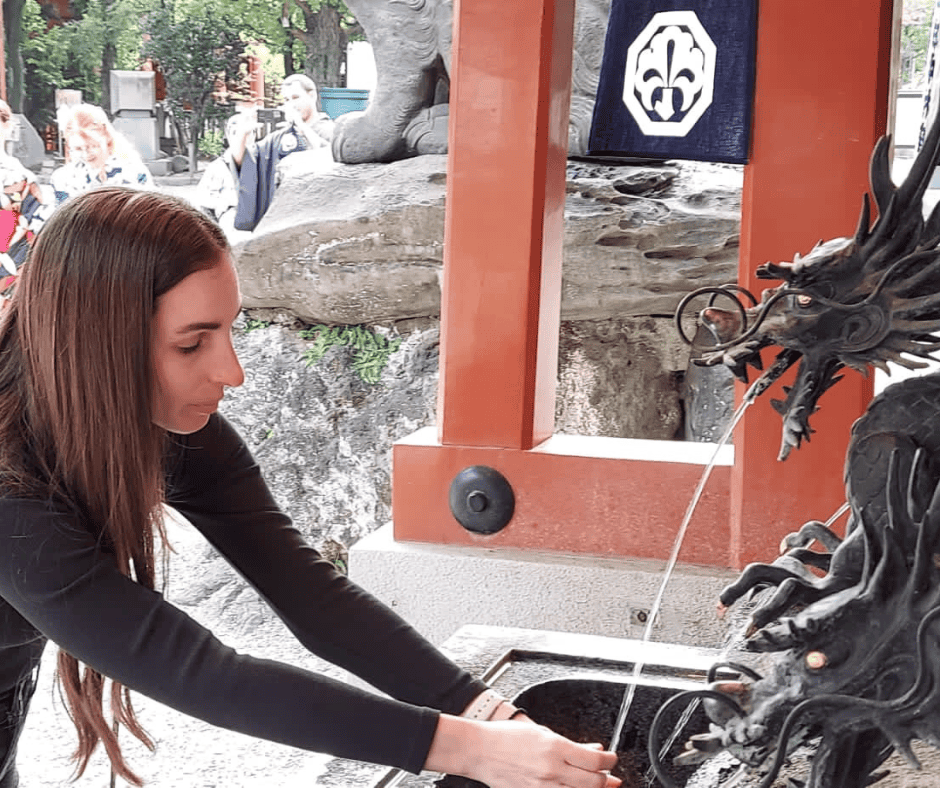
The fountain or stone basin filled with water you find at the entrance to shrines and temples are called temizuya or chozuya.
These are meant for visitors to purify themselves before prayer.
If you decide to participate, scoop water out first into the left hand before the right and then ladle again into the left hand to rinse out the mouth.
Pointing is considered rude; instead, gesture with your whole hand.
As with any place of worship, keeping a low voice and

🙇 Health, Respect, and Cultural Sensitivity
I was surprised to see so many people wearing face masks during my first visit to Japan, even before the pandemic.
It turns out that wearing a mask when you’re sick or have allergies is a common courtesy—it’s all about protecting others.
On that note, avoid blowing your nose in public. It’s considered rude and is best done privately.
Bowing is a common and beautiful part of daily interactions in Japan—it’s used for greetings, thank-you’s, and apologies.
If you choose, you can perform a small bow of the head as you arrive at a restaurant or your hotel, or as you are leaving as to say thank you.
And if you’re hoping to see a geisha, please be respectful. I once saw someone chase a maiko (an apprentice geisha) for a photo—cringe-worthy.
If you’re lucky enough to spot one, don’t block, approach, or photograph her without permission.
These women are professionals on their way to work, not tourist attractions.
Etiquette in Japan
Learning a few key rules of etiquette in Japan will help you feel more confident and connected during your trip.
It’s not about being perfect—just being aware and respectful of the culture around you.
The locals will appreciate your effort, and your experience will be all the richer for it.
If you’d like more information on Japan travel, customs, and requirements, you can visit Japan’s Official Tourism Guide.
Have you been to Japan?
Did you experience any cultural surprises or learn new etiquette tips along the way?
Share your thoughts in the comments—we’d love to hear your story!


